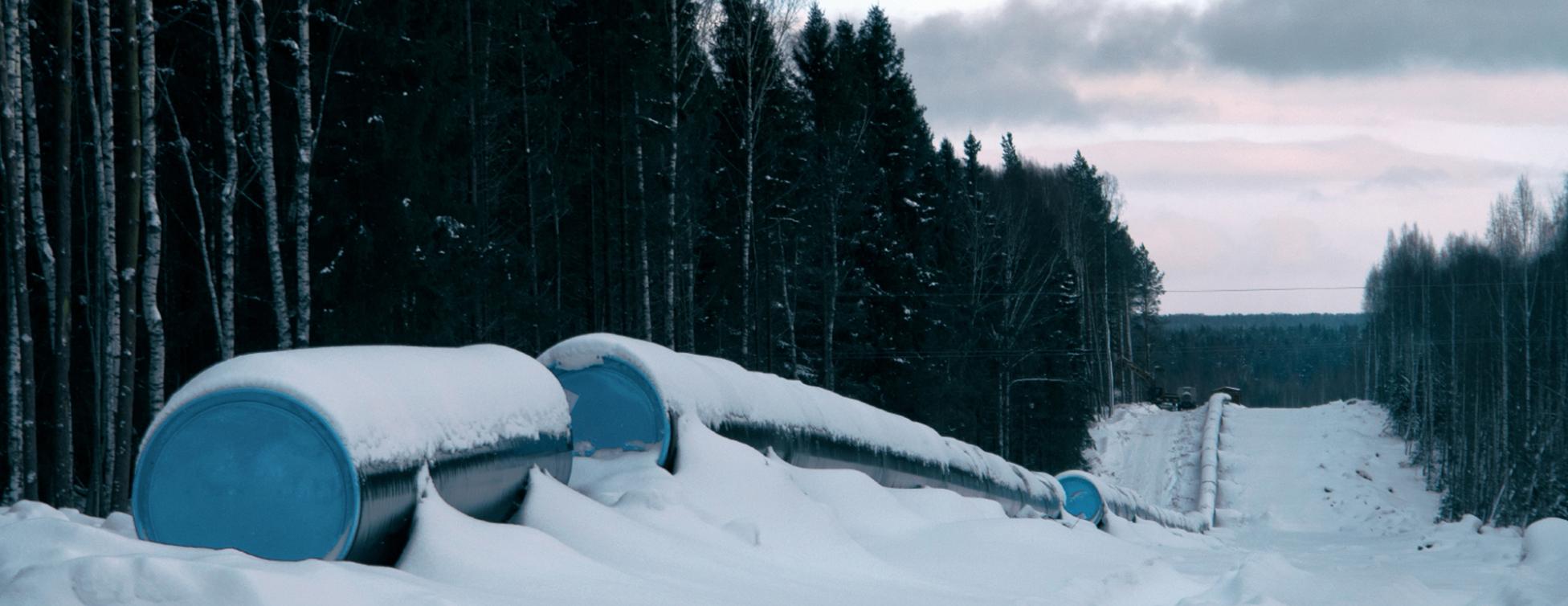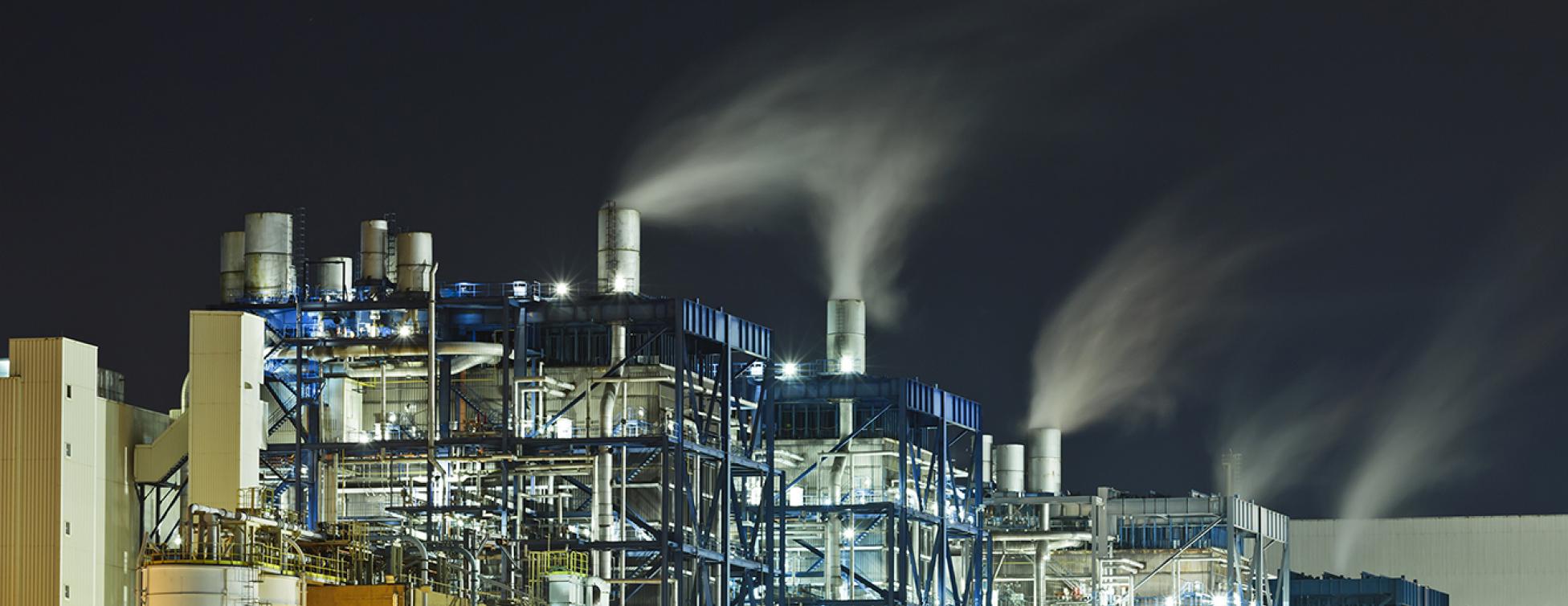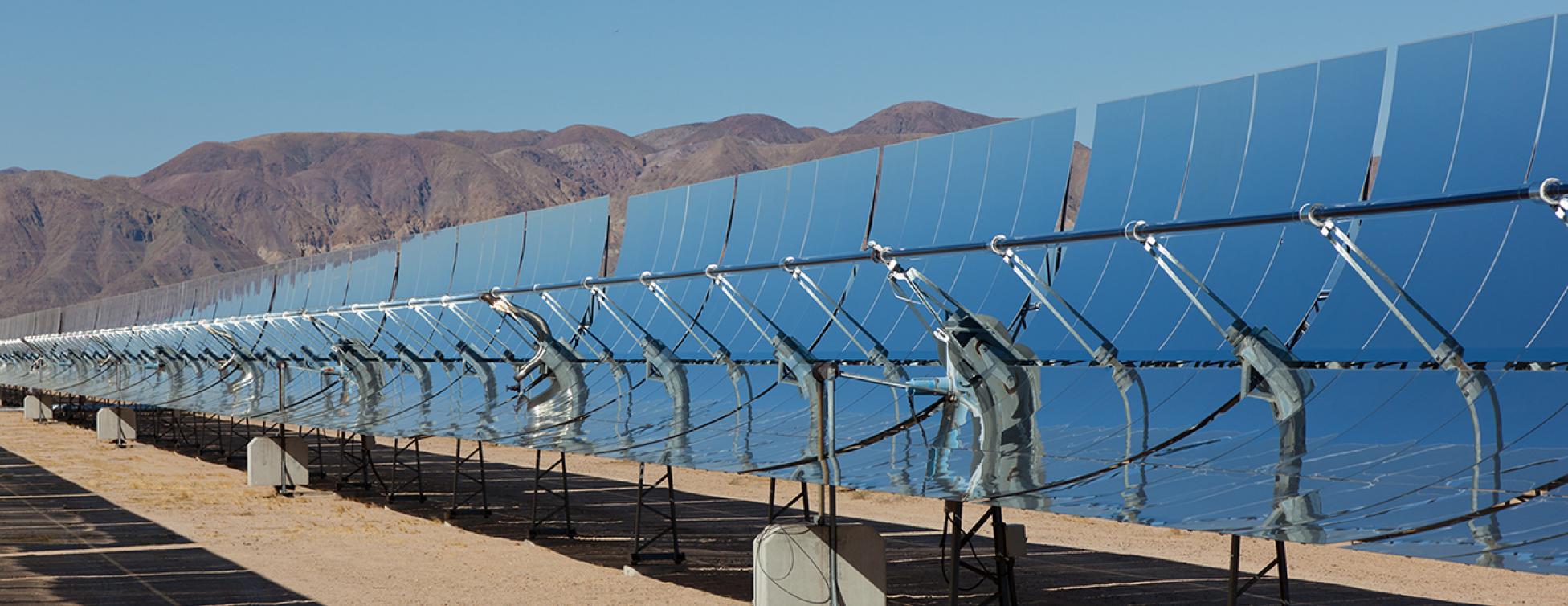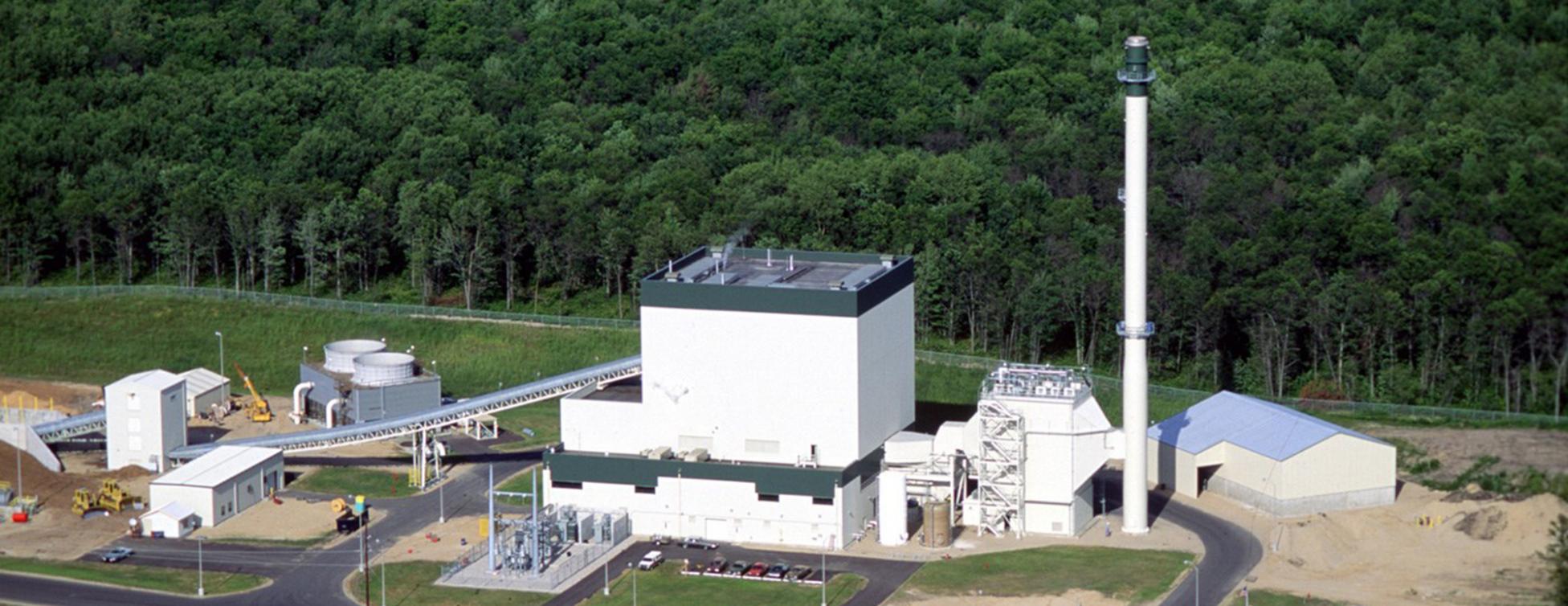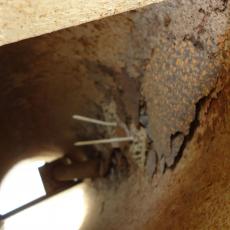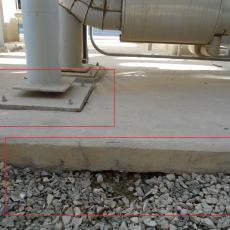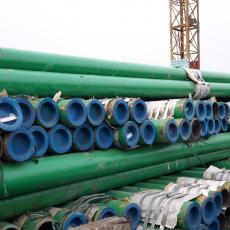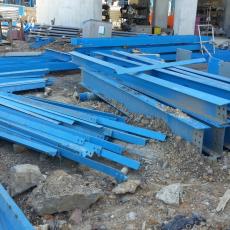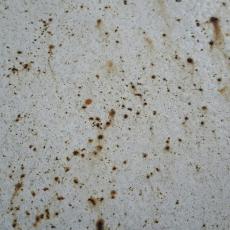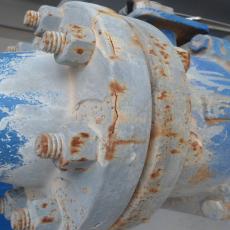QC Inspection
Porous Pump Castings
One aspect of power plant construction that seems to be a recurring issue is the ineffectiveness of shop inspection by some of the larger international inspection firms.
In this instance, stainless pumps were procured for seawater service. The usual shop inspection process was used, the reports sent and filed. No issues…
However, after a short period of service, there was a rash of pump failures. Keep in mind these pumps had been in service 18 months maximum.
Upon closer look, many of the pumps had casting defects that should have been caught by the manufacturer, or perhaps the supplier of the equipment that included the pumps. If not then, certainly someone on site should have inspected them, but that didn’t happen either.
Once the pumps started to fail, it was easy to see it was a fatigue failure originating from flaws in the castings.
The pictures show several different units, including one that did fail resulting in a damaged pump casing.
Things like this do happen, but they happen less if an Owner actively reviews the inspector reports and questions the... Read more
None. Should have forced supplier to deal with this issue at the factory.
None in this case because it was a Warranty item. However, these pumps are costly and from a foreign supplier. Dealing with this as an O&M group is not cheap or easy.
Hollowed Out...
A facility EPR inspected had a location with an environment that was hot, humid, salt laden, and highly polluted. This reality was addressed as such in the EPC contract with strict coatings requirements.
In the process of performing coating inspections it was discovered that most, perhaps all, of the supports in one portion of the facility were fabricated from pipe but had open ends and are under severe corrosive attack.
As a comparison, a similar design was used for base supports of related equipment, but with the ends capped. So, while it is assumed there are no internal coatings, corrosion would eventually occur and then be arrested and not progress.
In the attached photos the problem can be observed. While identification of the issue is relatively easy, fixing this problem took special technical consideration and analysis by the involved parties. The difficulty was obtaining a proper surface preparation inside the pipe and then properly applying a coating. Another option was to cap the ends after dealing with some surface preparation to remove excess contamination thereby... Read more
Little to none.
In Situ repair costs were comparatively high.
Settle for More!
In nearly every developing country location, plants evaluated by EPR have exhibited very poor performance of soil compaction, especially related to area paving.
At one facility, a more extensive review was conducted because significant settling was evident in dozens of areas. In the first photo, not only is the area paving soil consolidating, so is the soil below the pipe support foundation, which rendered the support ineffectual. Some of the other pictures show images taken from a borescope beneath a slab where the soil had consolidated in the 12 months after the slab was poured. The findings included exposed rebar, construction debris, form work, voids, unconsolidated concrete, and improper slab thickness/finish. In all, technically nothing about the installation was acceptable.
In the last photo, a small crew can be observed preparing soil for finish grade. It exhibits well the nature of the problem. Simply, the crew did not have the tools or knowledge to perform the work correctly. QC was also not likely to be involved to verify soil density. However, it's a safe bet the QC... Read more
Minimal.
Owner will live with poor conditions and possible operator injury. Ongoing O&M cost.
Inspection Futility
Often field quality suffers from a lack of oversight, quality control, supervision, or owner involvement. Sometimes a contractor and owner set out to assure their interests are protected, but it fails anyway.
Using a large international source inspection firm tends to be where problems arise. Those firms use local inspectors to keep costs down by limiting travel. However, local inspectors are often the same people that visit particular shops and due to familiarity, a relationship develops which compromises the effectiveness of the shop inspection. Instances exist in remote areas where inspectors are relatives of shop owners. The main take-away, is that inspections by ineffective, conflicted, or technically limited personnel with no personal connection to your project is wrought with peril.
The opinion of the author is that if an inspection is worth performing by an owner, send your own people, or an inspector well known and hired directly. It will be more cost than outsourcing with a large international inspection firm, but it will be worth it.
At one facility, the contractor... Read more
None.
$150k +/- and wasted time.
Mechanical Damage
In many developing country locations, a recurring problem is the mechanical damage to otherwise properly applied coatings due to handling abuse.
For most plants, structural steel is shop (off site) fabricated, loaded on trucks or ships, and delivered to the construction site for erection. This is an important process because it can become quite expensive and time consuming to field repair coatings. This can be even more true in locations with high humidity because a proper repair must be affected within the coating manufacturers indicated limitations. This is sometimes hard to achieve.
An owner should likewise be concerned because a repaired coating system is never as durable as the original coating. The first photo shows a typical "handling" problem. The subsequent photos show poor repairs and unrepaired damage. Both are so common, it seems normal.
One plant in Asia had structural steel and piping that was so abused with mechanical damage that the plant looked 15 years old even before COD.
Nothing. It costs nothing to handle coated pipe/steel carefully.
If all the repairs were affected, it would have cost several tens of millions of $.
Pinholes...
Engineered coating systems are complex, as mentioned in other postings. When the manufacturer's recommendations are followed, these coatings are very good at preventing corrosion to the substrates. However, if proper prep, mixing, contamination control, etc., is not followed there can be many different defects that render the coatings useless.
One such defect is known as "pinholes". Often, or usually, this defect is not observable with the naked eye without magnification. It's almost like worms ate holes down through the layers of coating. Sometimes pinholes exist in a top coat, or maybe also the intermediate coating layer, but not penetrate the primer. In other instances, the pinholes may extend all the way to the base metal. If the coating is fairly new and pin point rusting is observed, chances are pretty good the pinhole goes to the base metal.
The remedy in such instances, is removal of the paint layer with the defect. If the primer also exhibits the defect, all the coating material needs to be removed. So, a "paint job" may look impeccable, but be a complete failure under... Read more
None.
ROM - $25mm and a year of time by a well staffed painting contractor.
Getting Touchy
Coatings are typically shop applied and touched up in the field. On a large power station, there is considerable touch-up and it must be done correctly.
Briefly, as mentioned elsewhere in this Blog, coatings are not "paint", they are an engineered product that requires skilled personnel to apply properly. In this case there are three coats in the system. A zinc primer, epoxy mid-coat, followed by a urethane topcoat. Details... No coating will stick to steel substrate that is dirty, too smooth, or otherwise not prepared to the coating manufacturers requirements. An epoxy mid-coat sticks well to a zinc primer but does not stick to a urethane topcoat. If epoxy is left without a urethane topcoat, it deteriorates from UV. Urethane in most case needs to be applied over epoxy.
So, if a repair needs to be made, the existing paint needs to be taken off down to the primer, or mid-coat, depending on the damage. However, epoxy (mid-coat) cannot be "slapped on" as to overlap onto existing urethane. It will not stick. Also, coatings cannot be applied over corrosion or dirt; seems obvious... ... Read more
No savings.
Varies by plant, but to re-perform is significant. If unrepaired, O&M is constantly painting, or lets plant rust.



